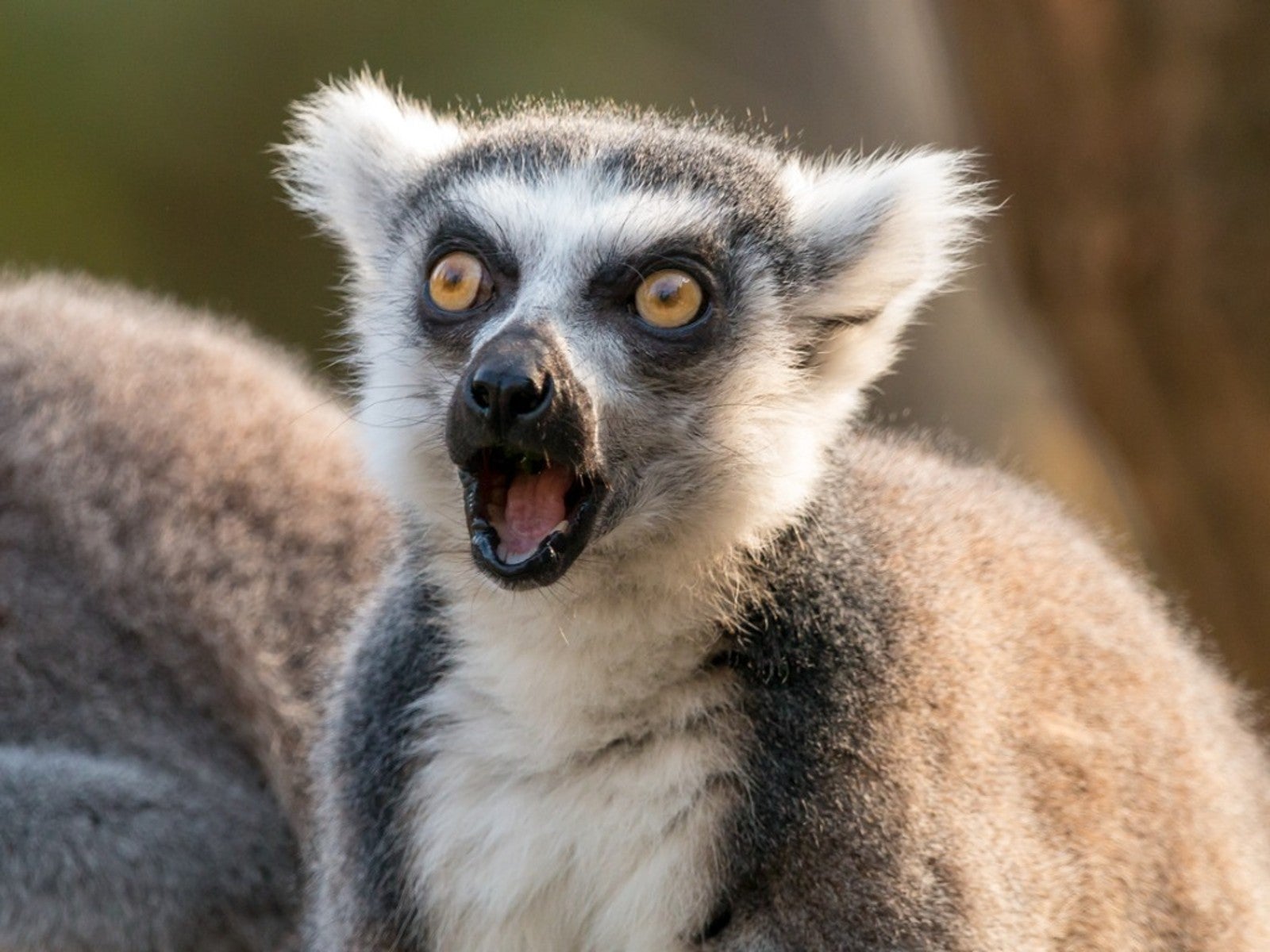Animal Pollinators: Who Are They And What Plants Do They Like


We are all familiar with bees as one of our most important pollinators, but there are many other ways pollination is achieved, including through animals. Growing a pollinator garden will offer plants that attract other animal pollinators. What is animal pollination? It is accomplished by the movement of pollen from one flower to another. Pollinator plants will enhance the fruit and flower production via many different means.
Pollination is what produces seeds and fruits. It is the means by which a plant will eventually replicate itself, and a byproduct of that process gives us our melons, tomatoes, and other foods. So, it is crucial to include pollinator animals when planning a garden. Providing them with foods they need, boosts pollination and plant health.
What is Animal Pollination?
Outside of bees, other animals are part of pollination. Moths, flies, beetles, and other insects pollinate as they move among plants. Even your small, domesticated animal might be part of the action. Anything that moves among flowering plants can distribute pollen, but some are more efficient than others. Bats, for instance, like flowers that open at night. They are crucial to fertilization of flowers from bananas, guavas, mangos, and more fruits. Pollinator facts list them as one of the primary pollinator animals for over 300 types of plant.
Pollinator Facts
Plants have two main mechanisms for pollination. The first is without organisms, and the second is with the help of animals. In the first, wind is the primary directive. Plants that rely on wind have very lightweight pollen. A very few plants are even pollinated by water movement, such as aquatic plants. Most plants use animals to move pollen from one flower to another. These vectors might be small mammals, bees, wasps, beetles, butterflies, bats, reptiles, and birds. As they stop to sup on nectar, they are the vector for pollen movement.
Building a Pollinator Garden
Installing pollinator plants will help attract various pollinators, thereby increasing the successful fertilization of each flower. Native plants that flower are one of the easiest ways to feed, house, and draw insects, birds, and animals to your garden. Flowering herbs are another practical and useful magnet for pollinators. Oregano, borage, lavender, and others are easy to grow. Planting milkweed, butterfly weed, or butterfly bush will increase the population of butterflies in your area. Other plants might be:
Gardening tips, videos, info and more delivered right to your inbox!
Sign up for the Gardening Know How newsletter today and receive a free copy of our e-book "How to Grow Delicious Tomatoes".

Bonnie Grant is a professional landscaper with a Certification in Urban Gardening. She has been gardening and writing for 15 years. A former professional chef, she has a passion for edible landscaping.